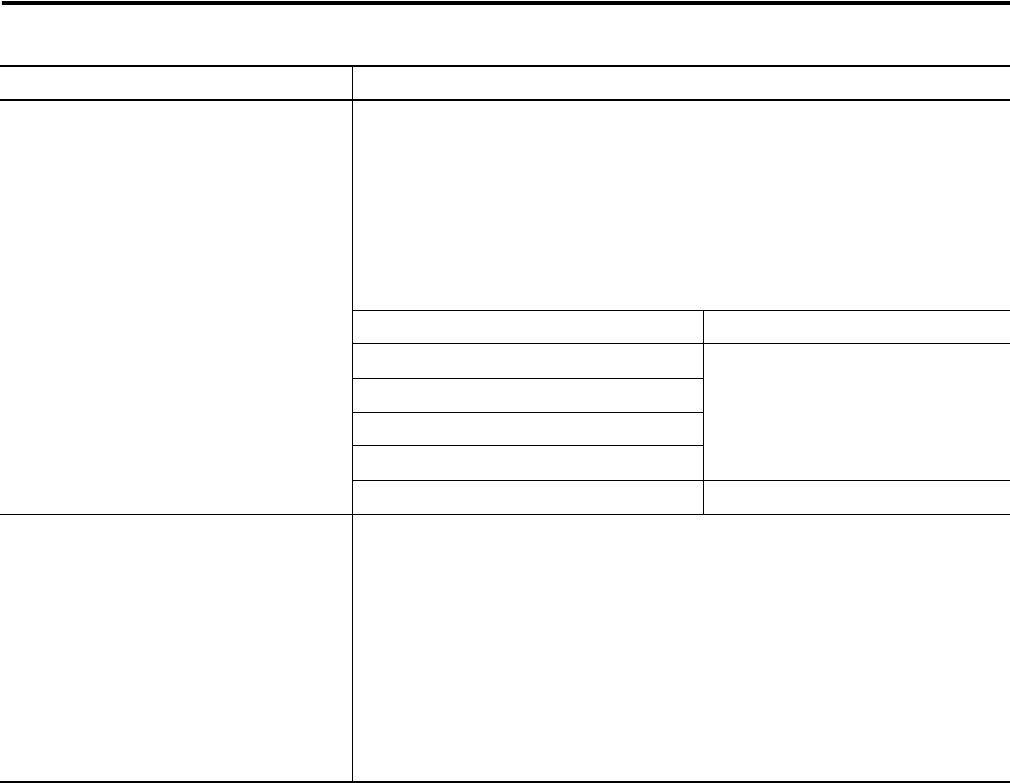Quick Start Owner's manual
Table Of Contents
- 1756-QS001E-EN-P, Logix5000 Controllers Quick Start
- Summary of Changes
- Table of Contents
- 1 - Program and Test a Simple Project
- What You Need
- Before You Begin
- Follow These Steps
- Create a Project for the Controller
- Add Your I/O Modules
- Look at Your I/O Data
- Ladder Logic
- Enter a Function Block Diagram
- Assign Alias Tags for Your Devices
- Establish a Serial Connection to the Controller
- Download a Project to the Controller
- Select the Operating Mode of the Controller
- 2 - Organize a Project
- 3 - Program Add-On Instructions
- What You Need
- Follow These Steps
- Insert an Add-On Instruction
- Copy an Add-On Instruction Definition
- Import an Add-On Instruction Definition
- Access a Parameter That Is Not Visible
- Monitor or Change the Value of a Parameter of an Add-On Instruction
- View the Logic of an Add-On Instruction
- Edit and Monitor an Add-On Instruction
- Update an Add-On Instruction to a Newer Revision
- 4 - Program an Equipment Phase
- 5 - Program a Project Offline
- 6 - Document a Project
- 7 - Go Online to the Controller
- 8 - Program a Project Online
- 9 - Troubleshoot the Controller
- Index
- Back Cover

Publication 1756-QS001E-EN-P - October 2009 95
Program a Project Offline Chapter 5
Take advantage of program-scoped tags. If you want multiple tags with the same name, define each tag at the program scope
(program tags) for a different program. This lets you re-use both logic and tag names in
multiple programs.
Avoid using the same name for both a controller tag and a program tag. Within a
program, you cannot reference a controller tag if a tag of the same name exists as a
program tag for that program.
Certain tags must be controller scope (controller tag).
If you want to use the tag Assign this scope
In more than one program in the project
controller scope (controller tags)
In a Message (MSG) instruction
To produce or consume data
To communicate with a PanelView terminal
None of the above program scope (program tags)
For integers, use the DINT data type. To increase the efficiency of your logic, minimize the use of SINT or INT data types.
Whenever possible, use the DINT data type for integers.
• A Logix5000 controller typically compares or manipulates values as 32-bit values
(DINTs or REALs).
• The controller typically converts a SINT or INT value to a DINT or REAL value
before it uses the value.
• If the destination is a SINT or INT tag, the controller typically converts the value
back to a SINT or INT value.
• The conversion to or from SINTs or INTs occurs automatically with no extra
programming. But it takes extra execution time and memory.
Guideline Details










